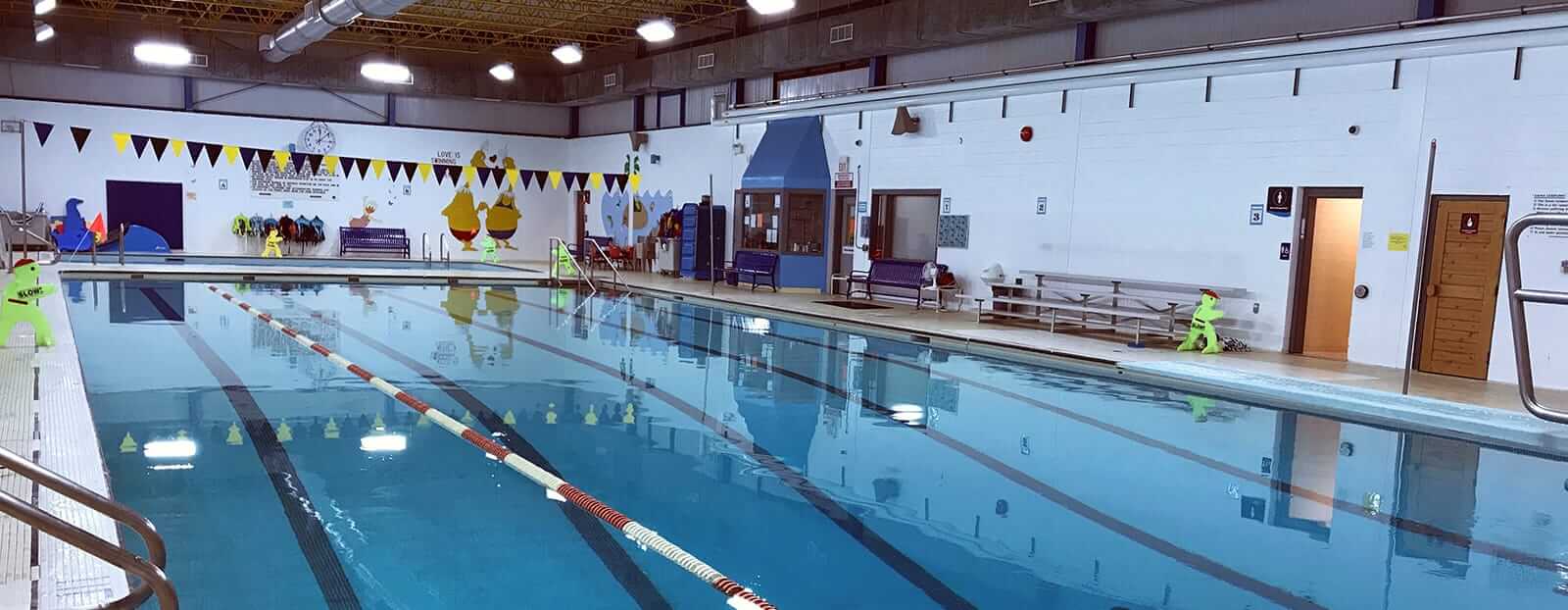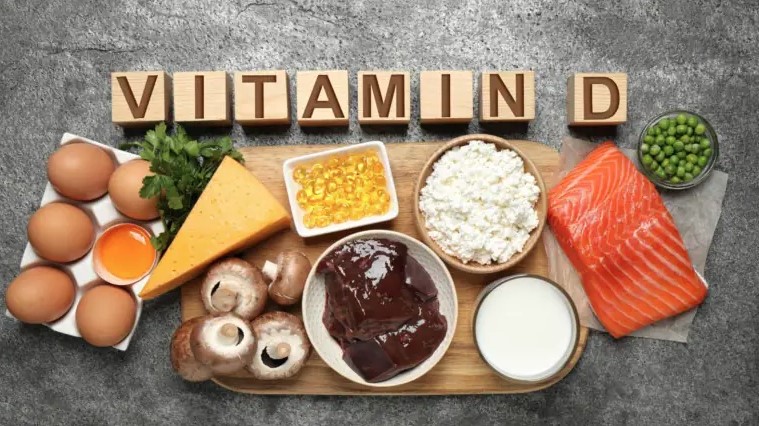If you want to be a better swimmer, you just have to swim more, right? Well, you do have to work on perfecting technique and that requires practice … lots of practice, but you also need to get stronger. That means work in the gym, on dry land … lots of work.
In discussions with James Brough, Head Coach of the Milton Marlins, it has become clear that an important part of the swim stroke is lost if the swimmer drops the elbow under water. His explanation made it very clear that athletes with weak backs are forced to drop the elbow in order to recruit other muscles to finish the stroke. It is not by accident that the swimmers we saw competing in Rio have backs like barn doors! Exercises like chin-ups and rows will build a strong back and allow the swimmer to correct their arm path through the water. An added benefit of this increased strength is the increased efficiency with which the swimmer can now move through the water. Increased efficiency means less fatigue and less fatigue means more in the tank to finish the race! In our testing sessions, we found only a very few athletes that were capable of chin-ups in their programming with less than a handful being able to perform more than 1 repetition, if at all. To put a point on this, swimmers should be able to perform at least 6 reps of strict, tempo chin-ups with our preference being 10-12 reps! This leaves a large gap between performance and expectation … needless to say, our programming will include significant back work! Chin-up variations and rows of all kinds will be staples of swimming programming at SST Milton.
Another point of discussion between Jamie and myself was “core stability” … a term that I’m trying to lead people away from, my preference being “trunk stiffening”. Swimmers spend a significant amount of time in a near weightless environment which leads them to have weak trunk stiffeners, much to their coach’s lament! A swimmer needs to be able to maintain trunk stiffness in order to be able to stroke and kick without leaking energy with “snake-like” trunk movement. One must, simply look to the very tight, full body suits that acted like a girdle for proof of the need for a stiff trunk. Those suits led to a number of World Record times – maybe not in putting them on, but certainly in the water! So, how does one increase their ability to generate trunk stiffness? Squats, deadlifts, planks, and loaded carries done correctly in a safe and supervised gym environment. In testing and early training, we have seen a number of swimmers who cannot control their trunk on dry land with only bodyweight as resistance! How can these athletes be expected to maintain a stiff trunk in the nearly weightless environment that they train in everyday? Swimmers should be working consistently on trunk stiffeners with loaded carries, in particular – at SST Milton, EVERYONE has loaded carries in their program! We feel that strongly about this type of exercise.
With consistent work in the weightroom, swimmers can become faster and more efficient when they get back in the water. At SST Milton, let us show you how!
If you need more info regarding this post please contact Jeff Jensen at our Milton location or email Jeff – jjensen@sstcanada.com




